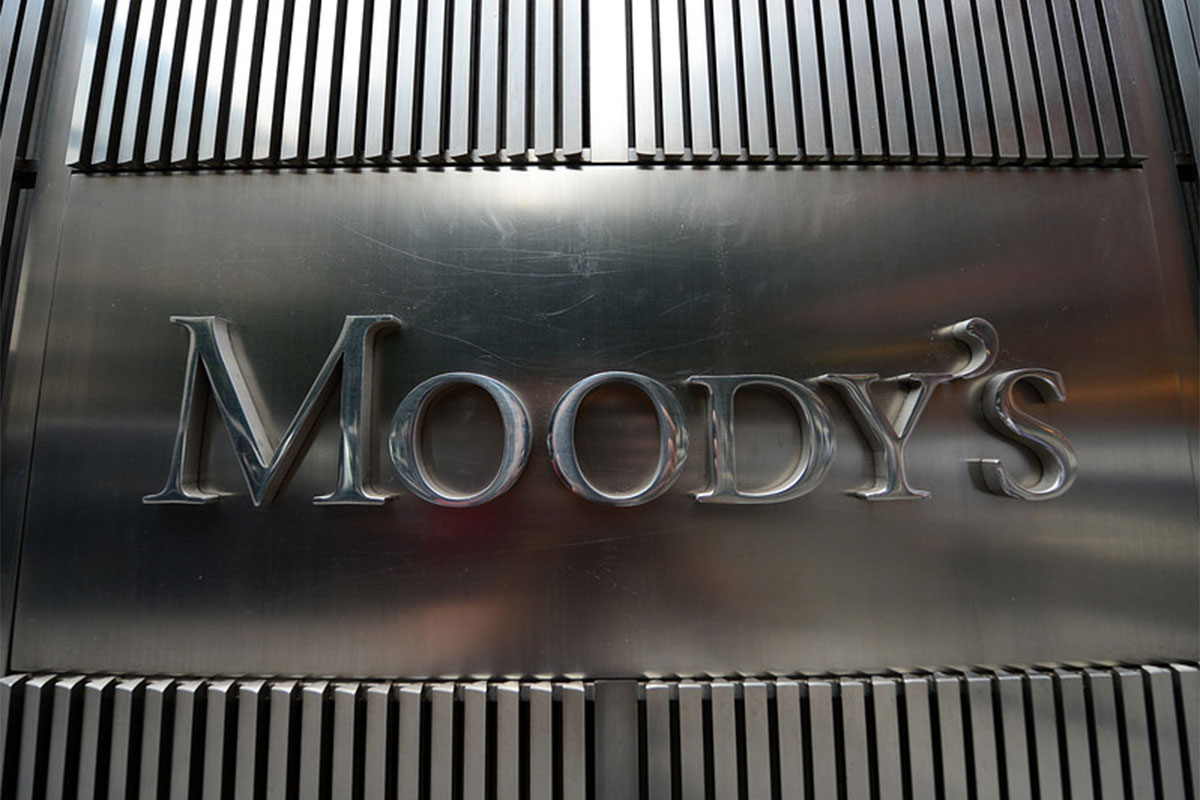US, India’s absence in regional trade deals will make China to up its role in trade
Through its participation in the Quad, India has more overtly shifted its security posture though it retains elements of its historically "nonaligned" foreign policy
A successful takeover of VDL would have enhanced VRL’s access to the former’s cash flow and in turn, improved bond yields and refinancing options.

VRL fully consolidates partially owned operating subsidiaries, including VDL and VDL's 64.9 per cent-owned subsidiary, Hindustan Zinc Ltd (HZL). (Photo: AFP)
Mining mogul Anil Agarwal-led Vedanta Resources Ltd’s (VRL) failed attempt to take full ownership of its profitable operating subsidiary Vedanta Ltd will weaken liquidity, Moody’s Investors Service said on Tuesday giving reasons for it placing VRL’s rating under review for downgrade.
Earlier this month, VRL did not get the mandatory shares from the public to delist Mumbai-listed Vedanta Ltd (VDL).
Advertisement
“Without operations of its own, VRL as the holding company needs to refinance debt maturities at a time of tight capital market liquidity, putting undue pressure on key subsidiaries to upstream cash,” says Kaustubh Chaubal, Moody’s Vice President and Senior Credit Officer.
Advertisement
The takeover would have significantly improved the holding company VRL’s cash flow and liquidity.
London-incorporated diversified miner Vedanta Resources Ltd’s refinancing risk is extremely high, Moody’s said in a report.
Around USD 7.5 billion of debt — or 50 per cent of the group’s total consolidated reported debt of USD 15.5 billion including debt at Volcan Investments — is coming due for repayment in the two fiscal years through March 2022.
Large upcoming debt maturities and VRL’s negative free cash flow in fiscal 2021 increase the risk that it will run out of liquidity, the rating agency said adding VRL’s failure to acquire the remaining shareholding it does not already own in core subsidiary VDL has reduced its refinancing prospects.
“We had expected a successful takeover to have improved holding company (Holdco) VRL’s access to operating company VDL’s cash flow, which would have led to an improvement in the Holdco’s bond yields and refinancing options,” it said.
Without operations of its own, the holding company’s need to refinance debt maturities at a time of tight capital market liquidity puts undue pressure on key subsidiaries to upstream cash, the rating agency said.
“Governance risk also remains high, with share pledges, persistently weak liquidity and large imminent refinancing needs reflecting an aggressive financial strategy and high-risk appetite,” adds Chaubal.
VRL, Moody’s said, remains weakly capitalised with thin equity.
“Volcan has not infused any fresh equity into VRL since its 2003 initial public offering even during periods of acute stress at the holding company. We do not expect any equity infusions in the future,” it said.
VRL fully consolidates partially owned operating subsidiaries, including VDL and VDL’s 64.9 per cent-owned subsidiary, Hindustan Zinc Ltd (HZL).
“Consolidated metrics show a much stronger credit profile than the economic reality: the holding company’s earnings available for debt servicing are restricted to the extent the operating subsidiaries distribute their surpluses in the form of dividends. For instance, Holdco VRL’s access to HZL’s large cash balance and cash flow is limited to the dividends that HZL distributes and any amount further upstreamed by VDL,” it said.
A successful takeover of VDL would have enhanced VRL’s access to the former’s cash flow and in turn, improved bond yields and refinancing options.
Yields on VRL’s US dollar bonds have climbed and bond prices remain low, having dropped over the week following the failed delisting of VDL earlier this month.
The decline in bond prices could make a bond buyback/exchange attractive and a means for VRL to reduce debt if it buys back the debt at a steep discount, the rating agency said.
“However, if the potential buyback/exchange meets two conditions — the exchange has the effect of allowing the issuer to avoid default and as a result of the exchange creditors incur economic losses relative to the original promise to pay (which is usually at par value), we could treat it as a distressed exchange,” it said.
As of March 2020, around USD 7.5 billion of the group’s total consolidated reported debt was set to come due through March 2022, including USD 2.5 billion at VRL and USD 425 million at its sole shareholder Volcan Investments.
Advertisement